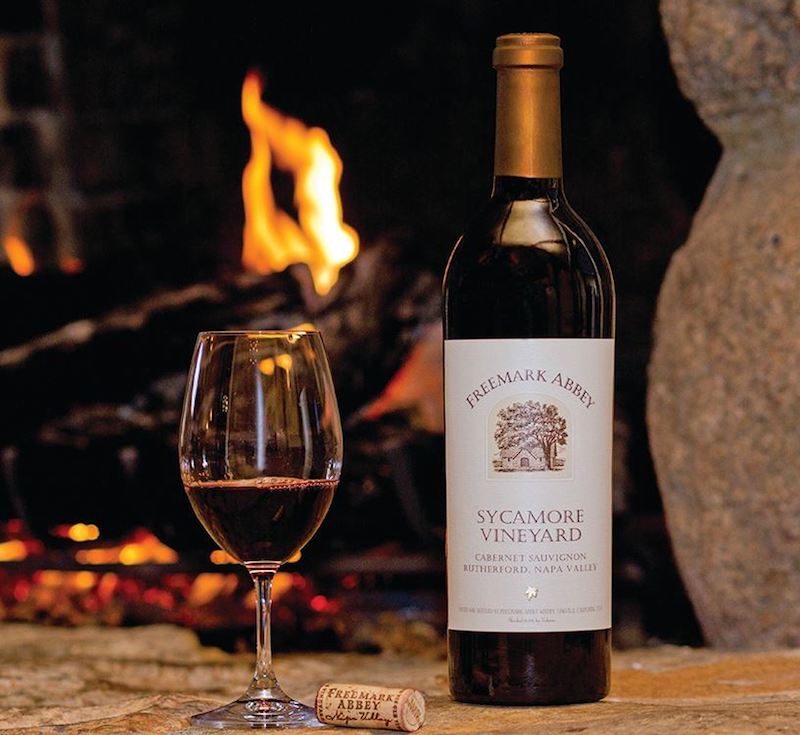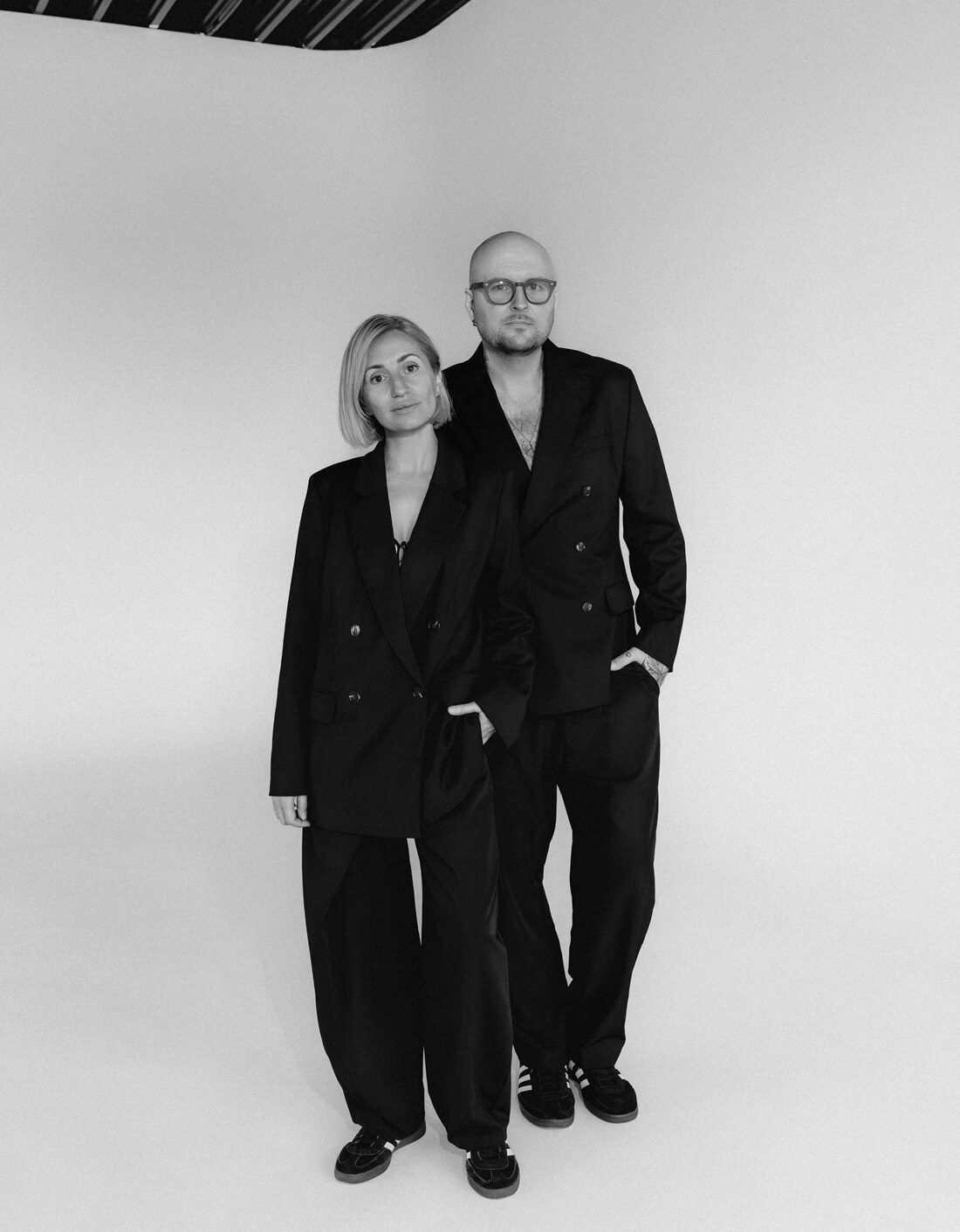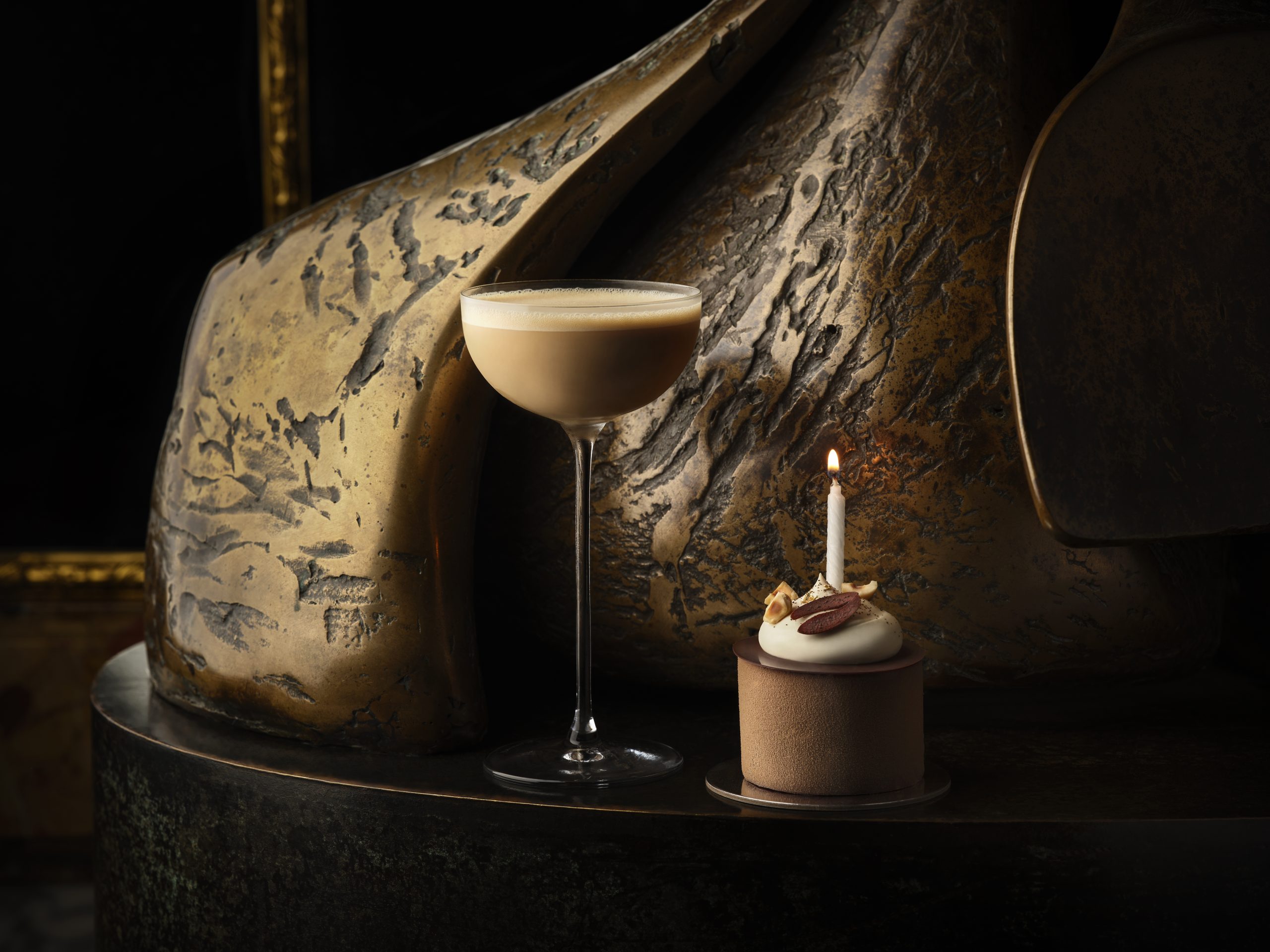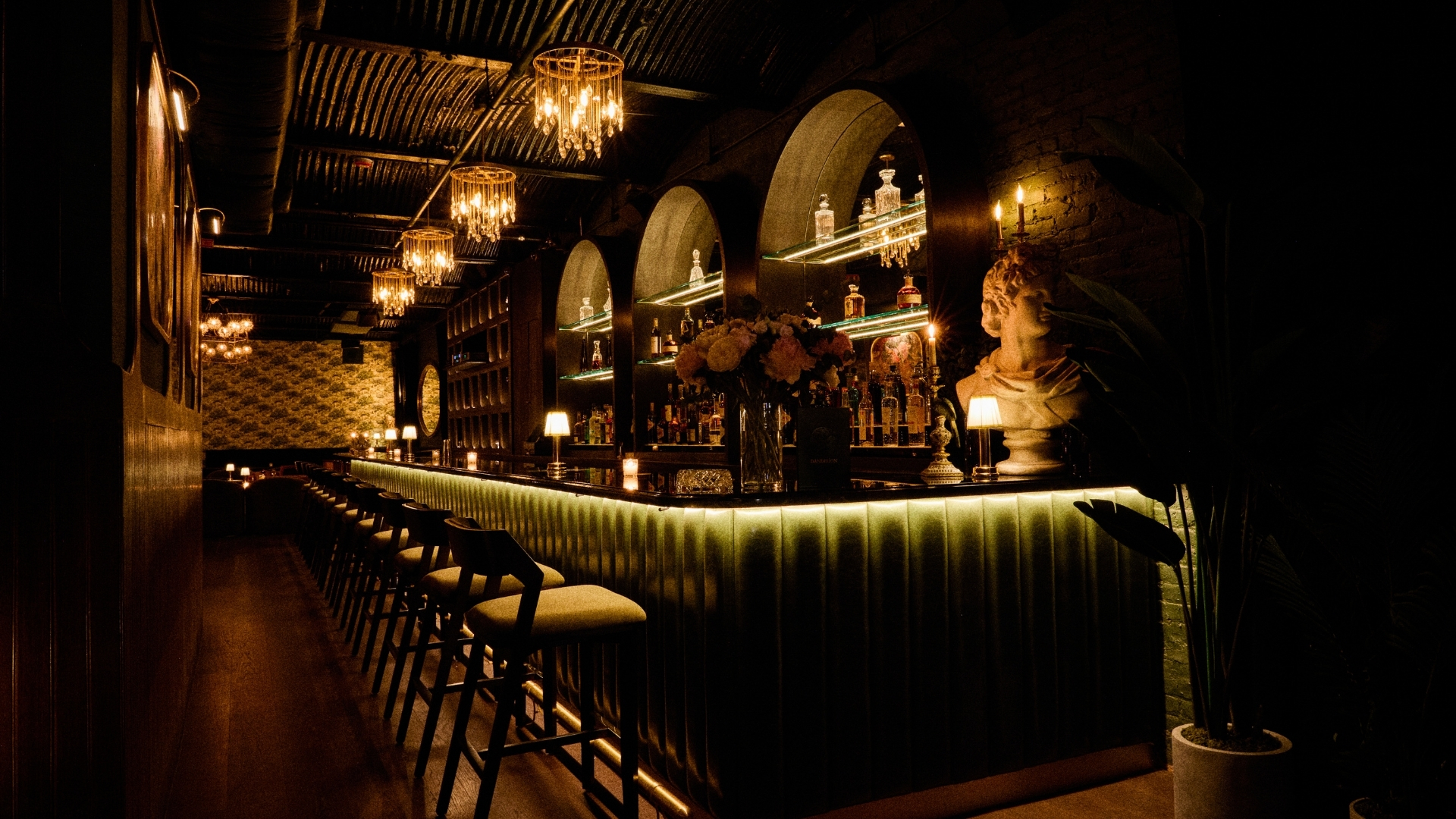Haute How to: Handle Aged Wine
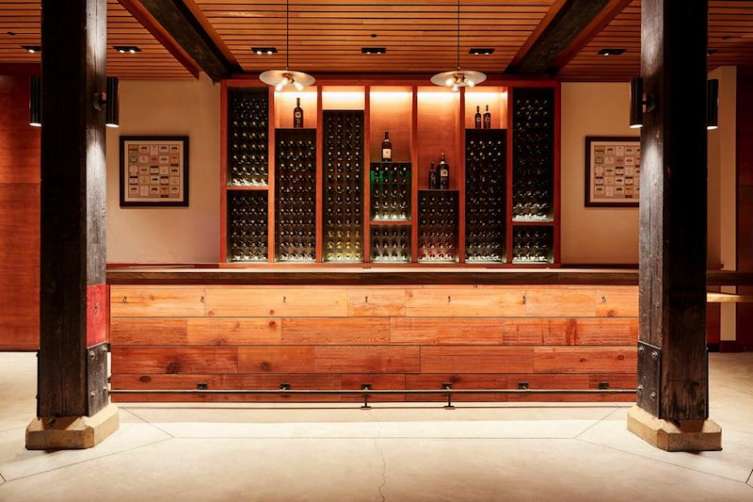
Photo Credit: Jay Graham
Often times the best red wine isn’t the newest bottle to hit the shelves, it’s the bottle that’s been slowly aging to perfection in a cool dark place. While savvy wine lovers know that an aged cab is better than a young cab, the most discerning vinophiles can be clueless when it comes to the proper treatment of a fine aged wine. Since library tastings are all the rage in Napa, we decided it was high time to see if our cellar was up to par. We reached out to Freemark Abbey’s Barry Dodds to get the 411 on handling aged wine. As the estate ambassador for Freemark Abbey, Dodds oversees all consumer relations and the winery’s extensive library.
Dating back to 1886, Freemark Abbey is one of Napa’s oldest wineries—fun fact: it was founded by a woman! Thus, the library is filled with one of the largest and most extensive collections of wine in the valley. Although a new hospitality center opened earlier this year at the Abbey, its roots and history remain a rich part of the tasting experience. The stone cellar which houses the tasting and archival rooms was built in 1898. One of Freemark’s unique offerings is a library wine tasting that allows visitors to taste the evolution of winemaking and sip rare vintages from as early as the 1960s. In order for these wines to taste their best, they must be handled with utmost care. With over 35 years in the wine industry, Dodds, a Capetown native, has several basic rules that one must understand about cabernet and other aged reds. Here, we break it down for you.
Understand that certain varietals, specifically cabernet, will always be better aged. In order to note the differences between an older wine and a younger wine, Dodds recommends tasting a new release against a 10-year old vintage from the same winery. “When you have a young cabernet and taste it side by side with a ten year cabernet from the same producer, you’re going to gravitate toward the older wine,” Dodds explained. “Because it’s so much more interesting. There are so many flavors, aromas and complexities that have developed in the bottle very slowly over the years.”
Once you realize that certain reds are better aged, you must store it in some sort of cellar. “The most important thing about cellars is temperature, darkness, and humidity,” Dodds said. “Make it cold and make it dark. Don’t spend too much money on it because you’d rather spend money on wine to age and wine to drink.” Temperature control is crucial—if you’re using a dark hall closet, store bottles on the bottle where it will be the coolest. Places where you should not store wine: the kitchen, living room, above the fire place, or a wine rack sitting next to the stairs. Unless of course, you are storing the wine in a wine fridge. The wine will age best when it’s kept at the same temperature consistently.
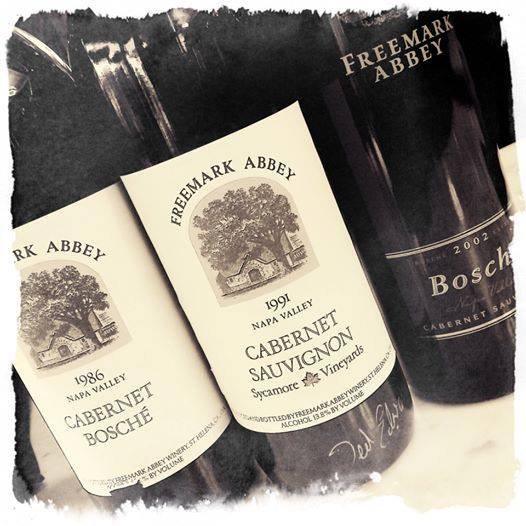 When you come across a wine that you really love, buy it in bulk. To truly understand how a wine ages, you need to have more than one bottle. This way you can open it at various stages of the aging process. “You can track the development that way. Don’t touch it for the first two to three years,” Dodds advised. “Then pull the cork from the bottle or use the new technology [Coravin] that they have now to taste a little of it.”
When you come across a wine that you really love, buy it in bulk. To truly understand how a wine ages, you need to have more than one bottle. This way you can open it at various stages of the aging process. “You can track the development that way. Don’t touch it for the first two to three years,” Dodds advised. “Then pull the cork from the bottle or use the new technology [Coravin] that they have now to taste a little of it.”
Ready to taste? Pull the wine from the cellar the day that you want to enjoy it, move it to a quiet place, and let it stand upright for a few hours or a couple of days. This will allow the solids to settle down and move to the bottom of the bottle. Dodds always uses an Ah-So or two-prong fork to remove the cork from a bottle. “The most important thing about what you need to do to enjoy that bottle depends on what you are using to pull the cork out,” he said. As the cork sits in the bottle for years, it can start to stick to the inside of the glass. Using the waiter’s fork will gently loosen the cork out without damaging the wine. Next invest in a stainless steel filter funnel to help you separate the sediment from the wine.
Decant the wine, but don’t let it air out too much. “Because the building blocks that allow the wine to age—the tannins and acids are more concentrated—older wines can be a little more susceptible to oxidize in a hurry. They are a little more fragile and so you don’t want to air out a 20-year old Cab for two hours. You want to air it out for 20 minutes. Sometimes it’s better to decant straight to the glass.” Take the time to sip the wine and you’ll be able to notice the subtle complexities that change as its exposed to more air.
Wondering what wines to try? Dodds says the 93 Freemark Abbey Sycamore Vineyard is showing exceptionally well as is the 99.

Photo Credit: Jay Graham

